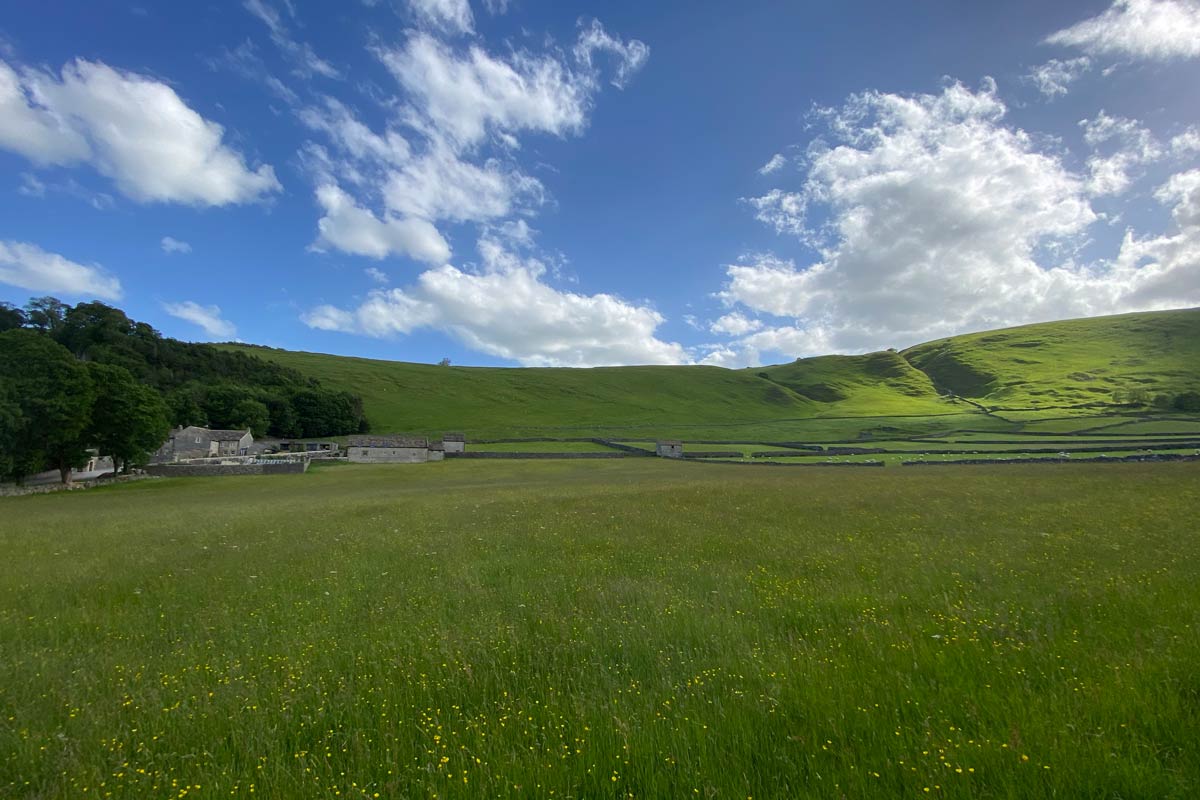The UIAA Medical Commission held its annual meeting in early June in the village of Hathersage in the Peak District, United Kingdom. The event was organised in collaboration with the British Mountaineering Council (BMC).
A total of 18 UIAA Medical Commission members and delegates attended with a further 15 participating online. The meeting always unites the most important bodies involved in mountain medicine and rescue and as is custom welcomed members of the medical commission of the International Commission for Alpine Rescue (ICAR) as well as the International Society for Mountain Medicine (ISMM).
Amongst the most significant topics cover were:
-
- The UIAA advice paper on children is in the process of being updated with a Working Group assigned to manage this process. Release is penned for 2024.
- Another Working Group will look into revising the UIAA’s high altitude papers dedicated to specific peaks (Aconcagua, Denali, Kilimanjaro and Mera Peak). In addition to revising these papers, the UIAA will look into covering other peaks or more broadly geographical ranges.
- Women in mountaineering remains a big focus of the Commission with a revision to the current paper due for later this year and a dedicated conference organized in Pontresina, Switzerland from 10-11 September. Places are still available. Programme and registration details can be found here.
- The possibility of releasing a paper on rescue at very high altitude was discussed between the UIAA and ICAR. Further details to follow.
- The Commission listened to external presentations about amputees and climbing as well as a near misses in the mountain environment database project.
- The second UIAA MedCom video advice, dedicated to altitude sickness was released in May. This follows last year’s release on drinking safe water.
Further details on the UIAA Medical Commission can be found here.
Main photo: Peak District, UK. Credit: Peter Bourne/UIAA



